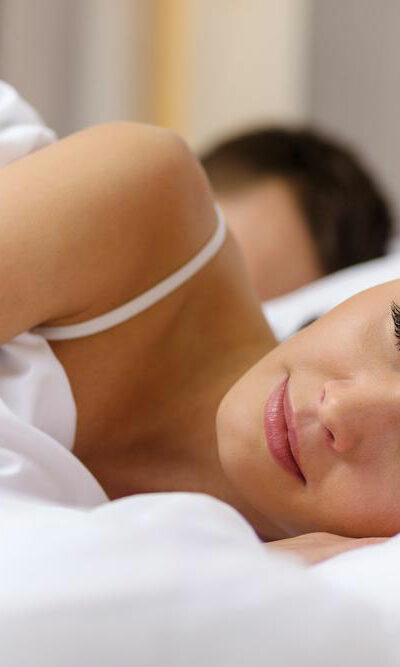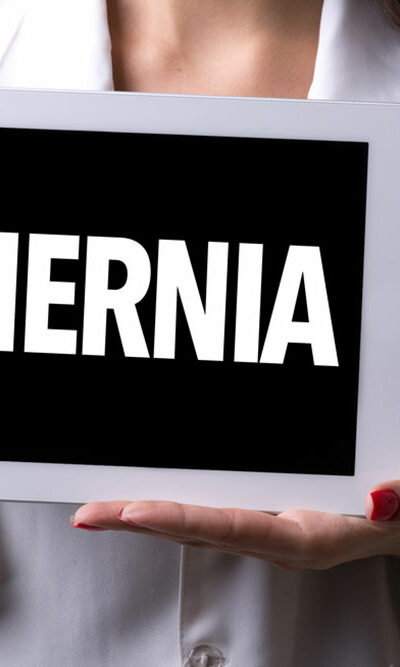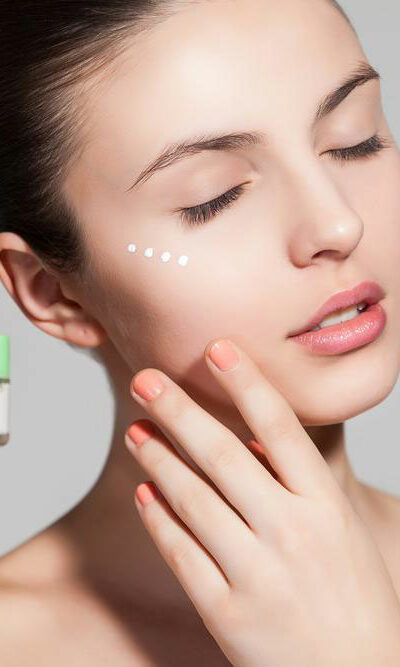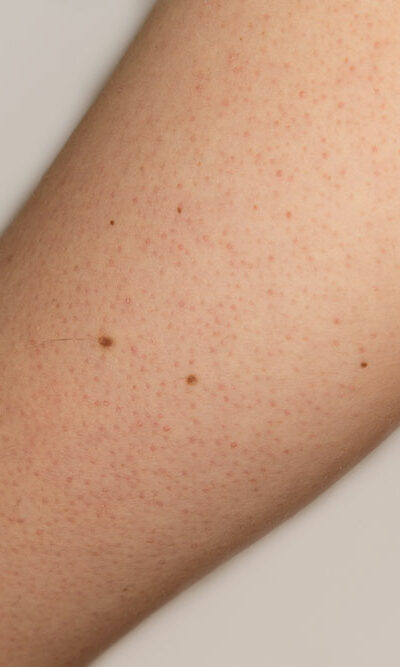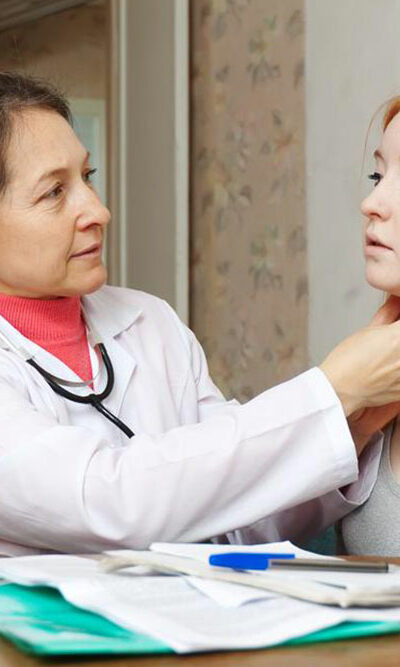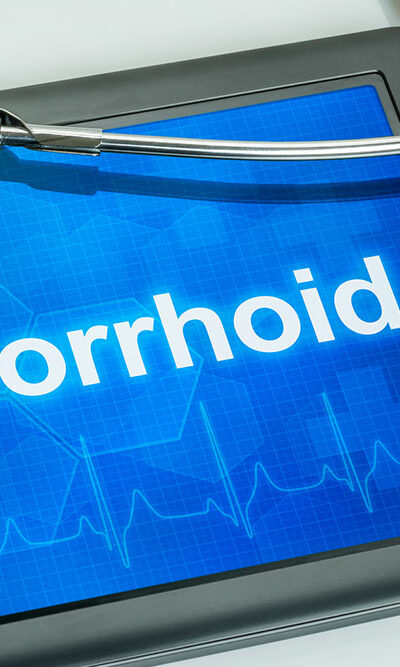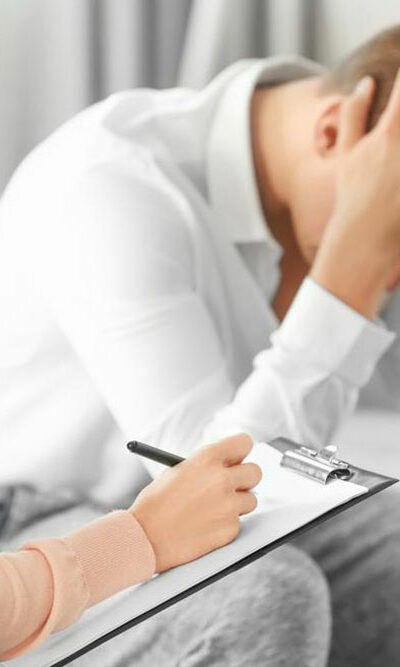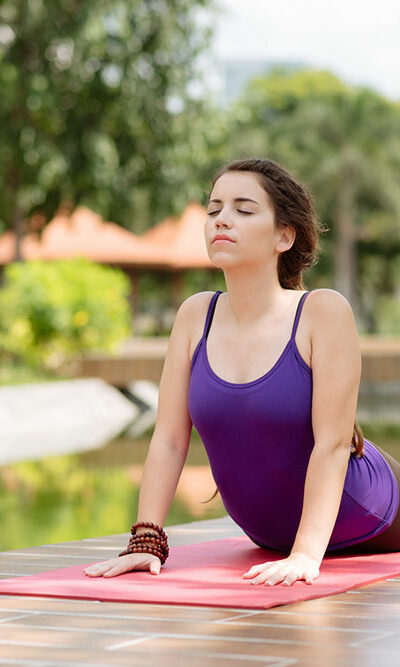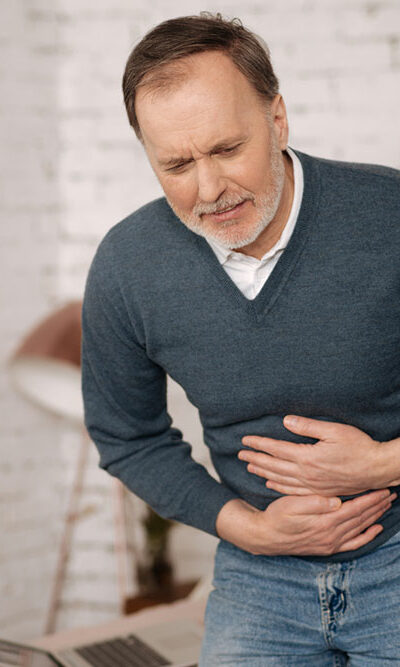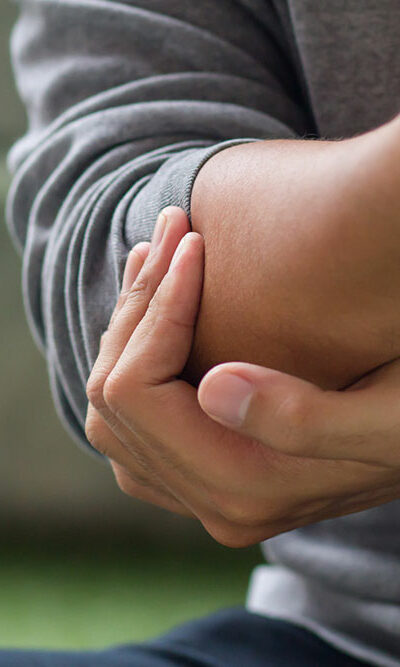
Things to Remember While Picking Pain Relief Medicines
Nowadays, people depend on non-prescription pain relief medications for making their day tolerable. Whether it is a toothache, headache, arthritis, or period cramps, everyone depends on painkillers to get quick relief. It is essential that everyone knows how to choose a pain reliever that is appropriate for them as a significant number of people live with pain every day. Most consumers do not consider safety factors such as the current medicines they are taking, pre-existing medical conditions, and their age while choosing a pain reliever. People think that all the pain relievers are interchangeable and suitable for everyone. However, this is not true. How can you be sure that the pain relief medication you are taking is effective? How can you ensure that it is safe for you? Here are some things you should remember while choosing medications for pain relief: Carefully read the medicine’s label Reading the label on medications is the single most important thing that one must do while picking a painkiller. It is mandatory to list the active ingredients and their amounts present in medicines. The labels should also state the medication’s proposed use. Check the ingredients and the indications before picking an over-the-counter medication for pain relief. You should also check the inactive ingredients to ensure that you’re not allergic to any of its components. Avoid medicines that have a combination of ingredients Pick the medicine to mitigate the symptom rather than take one with a combination of ingredients. If you are not sure as to which medication to take for treating your symptoms, it is recommended to ask the pharmacist. Using a combination of ingredients can increase the risk of an accidental overdose. For example, if you only have diarrhea without gas, don’t take a medicine for gas and diarrhea. Read the warnings on the drug labels If you have high blood pressure, diabetes, Parkinson’s disease, or some other underlying health condition, make sure to read the warning label.
